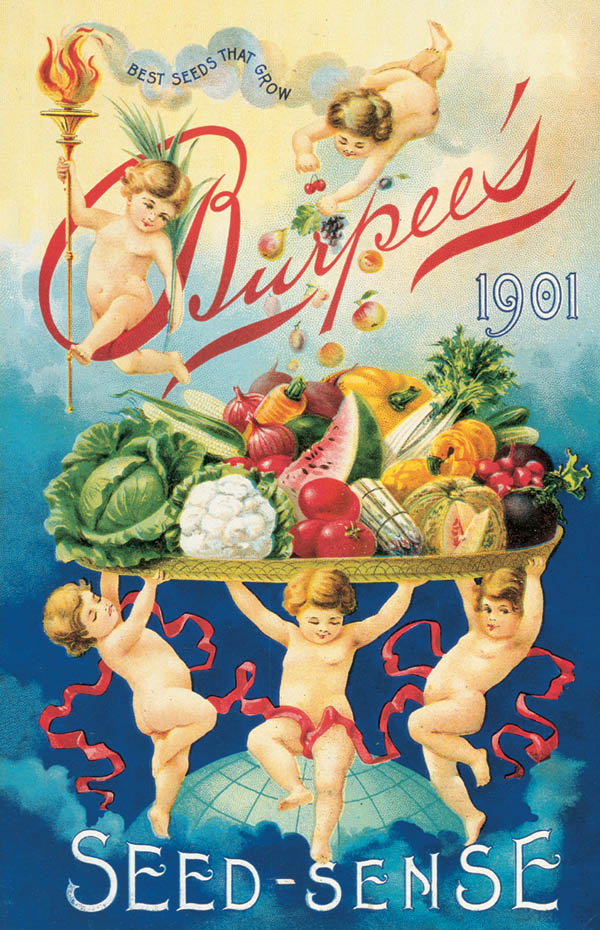3 Marketing Secrets of the Seed Catalog

At MarketPlace, we’re all about food, and for several of us that includes growing some ourselves. That means we have a more than passing familiarity with the old-fashioned seed catalog. These catalogs go back to the seventeenth century in Europe, with the first American version established in 1784. Since that time, seed companies have expanded, but even today’s most glossy catalogs have more in common with their nineteenth-century counterparts than with, say, Amazon.com. Yet despite that old-timey feel—or perhaps because of it—seed catalogs remain one of the purest and most effective forms of marketing ever created.
If you garden, or if you live with someone who does, you know the power of the seed catalog. No other piece of marketing holds such sway over the gardener. Data is hard to come by on this, since seed companies aimed at home gardeners don’t share sales numbers, but based on how they promote their catalogs, we would bet that most still do more business through their print catalogs than online. So why is that?

The first and most generic reason is that even in the digital age, printed catalogs are still an invaluable marketing tool for retail companies. Yet not even the Land’s End catalog has the power of seed catalogs, for three crucial reasons.
1. The arrival of a seed catalog is an event, part of the gardener’s schedule. Seed catalogs have unique power because of the structure of the garden year. Gardeners don’t have much to do in the winter other than plan for the spring, and the seed catalog becomes the occasion of that planning. This makes it not just a piece of marketing but an indispensable part of the garden year.
2. The seed catalog appeals to the heart, offering both functional and emotional benefit. Arriving during the most bitter part of winter, they are generally full of lush images of vegetation. Not even the most sales-resistant curmudgeon can resist the pull and promise of vine-ripened tomatoes in February.
Speaking of sales resistance, seed catalogs are all the more impressive because their target market—typically do-it-yourself types—are highly practiced in that art.
Seed catalogs aptly take advantage by appealing to ways that consumers can produce savings for themselves through raising their own food. The type of customer that shops a seed catalog often boasts of self-sufficiency, and seed catalogs only reinforce that ethos—all while selling a product.
3. Seed catalogs are the original content marketing. More than just a list of products, each one is a collection of garden tips, helpful information, and, often, pithy wit and wisdom. Some companies even sell expanded versions of their catalog like a magazine. Customers don’t just shop seed catalogs—they read to learn, and that means they keep coming back.
Seed catalogs are great marketing, but that doesn’t mean they couldn’t be better. Many could use a design update that balances their old-fashioned aesthetic with better readability and other functional concerns, and their content marketing could get even better and provide more value. If you need insights about what can make your seed catalog, website, or other food marketing materials more effective, get in touch.
